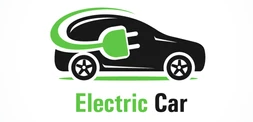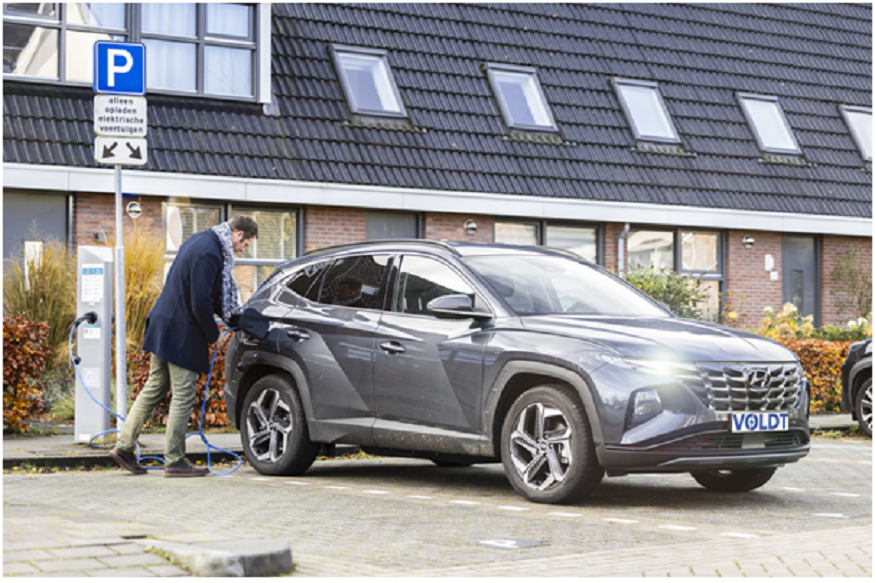Switching to an electric vehicle (EV) is a significant step towards a more sustainable future, but it also comes with a learning curve—especially when it comes to charging options. Selecting the right charging solution is crucial for convenience, efficiency, and long-term usability. Among the various options, Type 2 EV charging cables have become the standard in many regions, thanks to their high compatibility and versatile performance.
In this blog, we’ll guide you through key considerations like charging speeds, compatibility, power ratings, cable length, durability, and safety features. By the end, you’ll know exactly how to choose the best charging solution for your EV lifestyle.
Why Type 2 EV Charging Cables Are the Standard
Before we get into the specifics, it’s worth understanding why Type 2 cables are widely recommended for most EV owners. Unlike older Type 1 connectors, Type 2 cables are designed with greater compatibility in mind and are now the European standard for EVs and charging stations.
Here are some reasons why:
Universal Compatibility: Type 2 connectors work with the majority of modern electric vehicles, including popular models like the Tesla Model 3, Hyundai Ioniq, and VW ID.4.
Faster Charging Speeds: With three-phase power support, Type 2 cables allow for much faster charging when compared with single-phase Type 1 standard.
Public and Home Use: Whether you’re using a public charging station or a dedicated home charger, Type 2 cables are most likely the right fit.
Key Considerations When Choosing a Charging Cable
Charging Speeds and Power Ratings
The first factor to think about is the charging speed you need, which is directly linked to the power rating of the cable. EV charging speeds vary depending on the capacity of the cable and the charging point.
Single-Phase or Three-Phase Power
Single-phase charging usually offers up to 7.4kW and takes longer to recharge your EV fully. It’s suitable for home charging overnight.
Three-phase charging can deliver up to 22kW, massively reducing charging times, but it requires compatible infrastructure such as a three-phase power supply at your home or a high-capacity public station.
Vehicle Limits
Make sure your EV can handle higher power ratings. For example, if your car is limited to 7.4kW, opting for a three-phase cable won’t necessarily make it charge faster.
Tip: Even if your current car only supports single-phase, buying a three-phase cable can be a future-proof choice if you plan to upgrade to a more advanced EV later.
Compatibility with Different Vehicles
Not every EV is the same, and compatibility is non-negotiable. While most European electric cars now support Type 2 connectors, always double-check whether your car supports this standard.
Public Station Compatibility
Public charging stations in Europe predominantly use Type 2 outlets. If you’re using these frequently, you’ll need a Type 2 charging cable anyway.
Plug-in Hybrids vs. Full EVs
If you own a plug-in hybrid (PHEV), consider whether a Type 2 cable provides the optimal charging experience for your vehicle. Many PHEVs don’t require the high power ratings that Type 2 cables can offer, but having one could still improve efficiency.
Practical Features for Everyday Use
Owning the “right” cable isn’t just about technical specs; it’s about convenience and reliability in day-to-day life. Here are some practical factors to keep in mind:
Cable Length
The length of your cable can make or break your charging experience. Choose a length that suits your typical parking setup:
3-5 m Cables
These are the most compact options and work best if your charging port is close to where you park.
7-10m Cables
These offer greater flexibility for when your car isn’t directly next to the charging station—ideal for public charging or shared driveways.
Tip: While longer cables give flexibility, they can be heavier and harder to store. Strike a balance based on your needs.
Durability and Build Quality
Your charging cable is likely to be exposed to various environmental conditions, so durability matters.
Look for cables with reinforced insulation and high-quality connectors to prevent wear-and-tear.
Weather-resistant materials are a must if you’ll be using your cable outdoors frequently.
Safety Features
Electrical safety is paramount when dealing with EV charging. Here are some features to check for:
Overheat Protection
Prevents cables from overheating during extended use, ensuring long-term safety.
IP Ratings for Waterproofing
Cables rated IP54 or higher are safe to use in rainy conditions.
Child-Safe Mechanisms
If you have kids, look for cables with additional safety lock features to prevent accidental removal.
Best Practices for Using and Maintaining Your Cable
A charging cable is not just an accessory; it’s an investment. Here’s how to maximise its lifespan:
Always coil the cable properly to prevent tangling and damage to internal wiring.
Avoid using the cable in extreme weather or ensure it’s rated for high/low temperatures.
Regularly inspect it for wear and tear, such as frayed wires or damaged connectors.
The Bigger Picture: Seamless EV Charging
A good charging cable brings immense convenience, but the complete charging experience involves more than just the cable itself. Consider upgrading your home infrastructure with a dedicated charging station, which often pairs seamlessly with Type 2 cables for faster and more efficient charging.
Furthermore, if you’re frequently on the road, apps like Zap-Map can help you locate public Type 2-compatible charging stations, making life with an EV even easier.
Final Thoughts and Next Steps
Choosing the perfect EV charging solution, especially a Type 2 cable, is about striking the right balance between your vehicle’s capabilities, your daily needs, and future-proofing your setup. With the right cable in hand, you’re set to enjoy faster charging, greater flexibility, and peace of mind knowing you’ve made a smart investment

